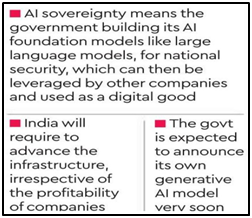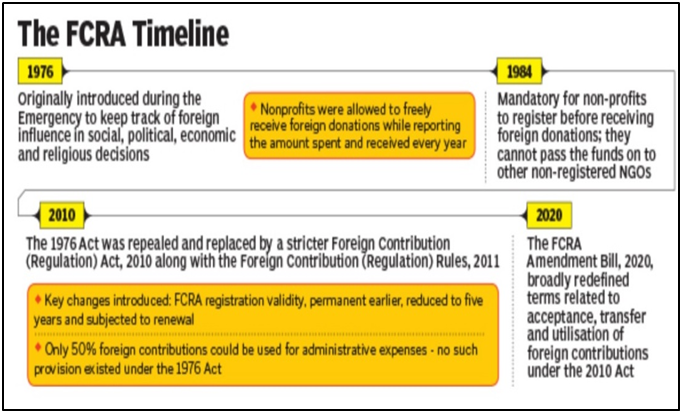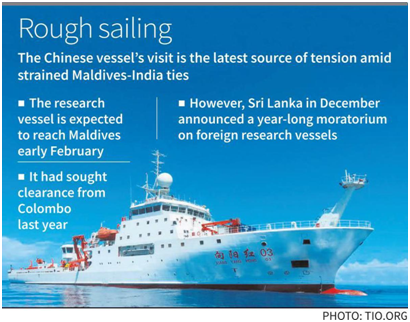Soda Lake
Scientists have discovered that a shallow “soda lake” in western Canada could be a good match for Darwin’s “warm little ponds” where life got started on the primordial Earth.
About Soda Lake:
- It is a lake with a pH value usually between 9 and 11.
- High carbonate concentration, especially sodium carbonate, is responsible for the alkalinity of the water.
- It may also contain a high concentration of sodium chloride and other salts making it saline or hypersaline Lake.
- These are highly productive ecosystems compared to the freshwater lakes.
- These are the most productive aquatic environments on Earth because of the availability of dissolved carbon dioxide.
- They occur naturally in both arid and semi-arid areas.
- Geology and Genesis
- A topography that limits the outflow of water from the lake is needed.
- An endorheic basin is formed when the water is confined without the outflow.
- The pH of the water in the depression rises through the evaporation of the lake which requires a suitable climate like the desert climate to balance between the inflow and evaporation.
- The rate at which carbonate salt dissolves in the lake water depends on the ecology of the surrounding area.
- The relative absence of magnesium and calcium is critical in the formation of the soda lake since magnesium or calcium is likely to dissolve quickly and displace the carbonate ion thus neutralising the pH of the lake water.
- Biodiversity
- These are dominated by prokaryotes like bacteria and archaea, especially in lakes with higher levels of alkalinity.
- Multicellular organisms such as brine shrimp and fish are found in plenty if not most of the soda lakes.
- Examples of Soda Lakes
- Africa and Asia have the highest number of soda lakes since the two continents have vast desert conditions which are perfect for the formation of soda lakes.
- Most of the soda lakes in Africa are located in Eastern Africa, especially in Kenya, Tanzania, and Ethiopia.
- Lake Natron in Tanzania is one of the most outstanding soda lakes in Africa
- India and China have the highest number of soda lakes in Asia.
- Some of the soda lakes in Asia include Lake Van, Tso Kar Salt Lake, Pangong Salt Lake, and Lake Zabuye.


